Covid, bushfires causing an increase in wombat mange in Southern NSW
Covid and bushfires has seen reports of almost 70 per cent of the southern NSW wombat population infected with an irritating skin condition causing an “animal welfare crisis”.
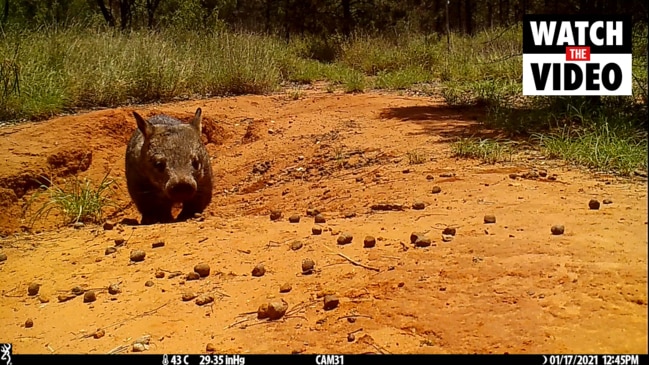
The Bowral News
Don't miss out on the headlines from The Bowral News. Followed categories will be added to My News.
Covid restrictions forcing more people outdoors in NSW and ACT is causing an almost-double increase in calls to local animal rescue groups about wombat’s suffering with mange – an issue that’s only getting worse.
Founder and president of Wombat Rescue NSW/ACT, Yolandi Vermaak, said the amount of reports she received about suffering wombats has grown substantitally during Covid.
Wombat Rescue has 30 volunteers that travel around Canberra, Queanbeyan, Bungadore, Braidwood, Goulburn, Sutton Forest, Bredbo, Bombay, Yass and south towards Cooma.
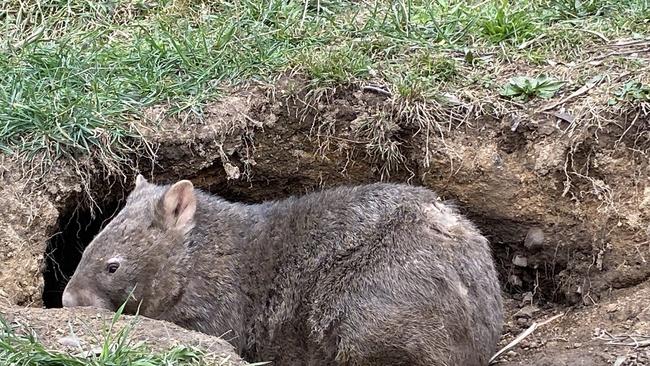
“We can’t keep up. Some wombats are reported five or six times over a few days,” Ms Vermaak said.
In 2020, she had visited approximately 25 properties and helped treat around 70 wombats, while this year so far, she has visited 40 properties and treat around 80 wombats, on top of the 60 wombats at reserves and national parks.
Ms Vermaak said she noticed wombat mange in Southern NSW had gotten particularly bad.
The skin infection is caused by mites eating through the wombat’s skin and causing an unbearable itchy rash and without treatment, means a slow and painful death from dehydration, starvation, secondary infections like pneumonia, hearing loss and organ failure.
“Mange is getting out of control and it’s becoming a much bigger problem than individuals can deal with. It is a slow rolling wave spreading throughout NSW,” she said.
With an estimated 70 per cent of wombat populations affected, NSW Animal Justice Party MP Mark Pearson has called wombat mange an “animal welfare crisis.”
“Wombats are extremely important for all other animals and flora, because when they burrow and dig up the earth, they actually move seeds around, oxygenate and enrich the soil,” Mr Pearson said.
“Where wombats live, other species flourish.
“And then during times of fire or extreme rain, the wombats don’t mind if other little animals come into their burrow, and seek refuge.
“We need these guys here because they look after us.”
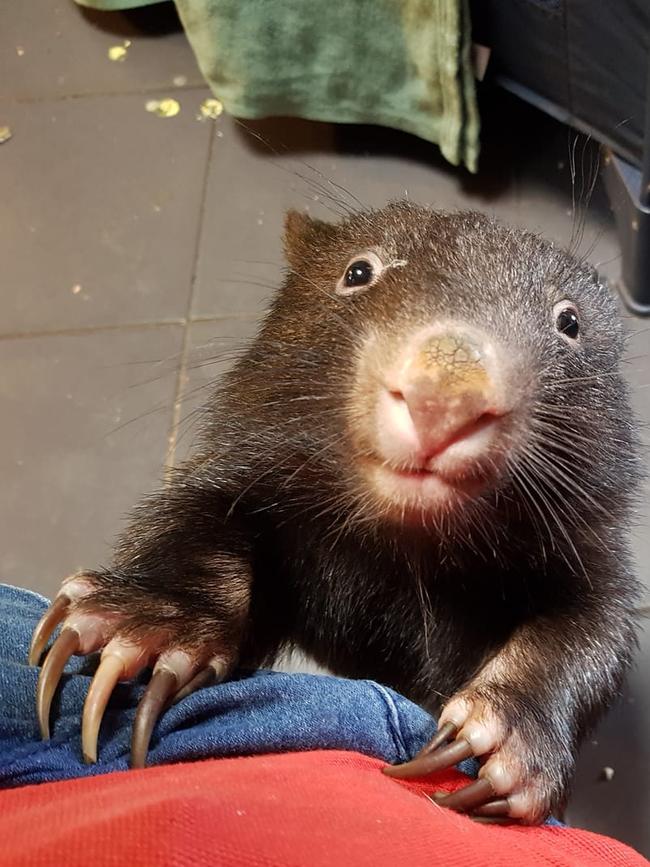
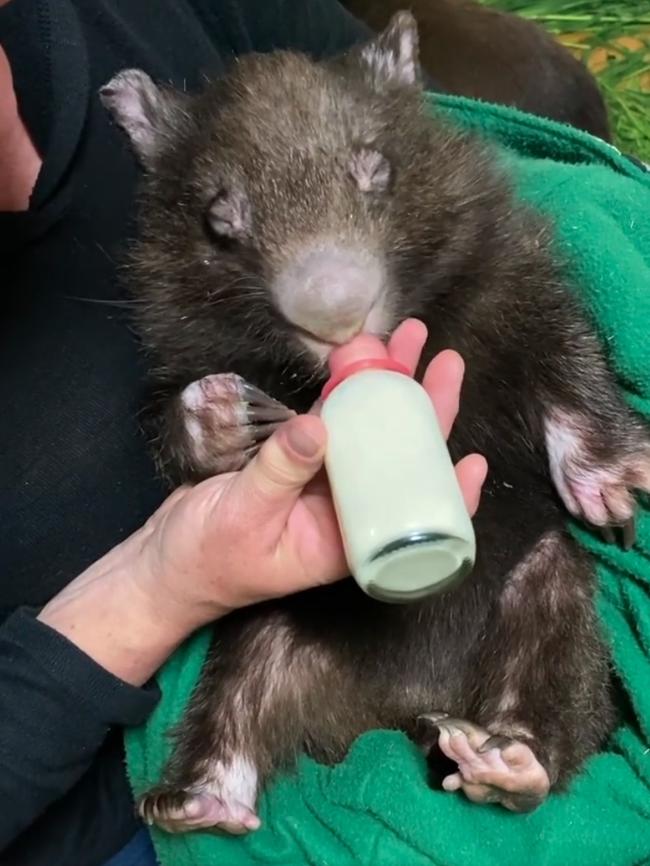
When asked why mange in wombats was getting so bad, Ms Vermaak attributed it to rain and bushfires.
“After the bushfires, the landscape has changed significantly and mange has been spreading faster,” she said.
The big thing that’s been happening since last year is we just have had non stop rain, so mange is spreading faster I think probably due to just rivers being full and creeks being full,” she said.
“Wombats are then getting displaced when their burrows get flooded and burrows get flooded quite easily.”
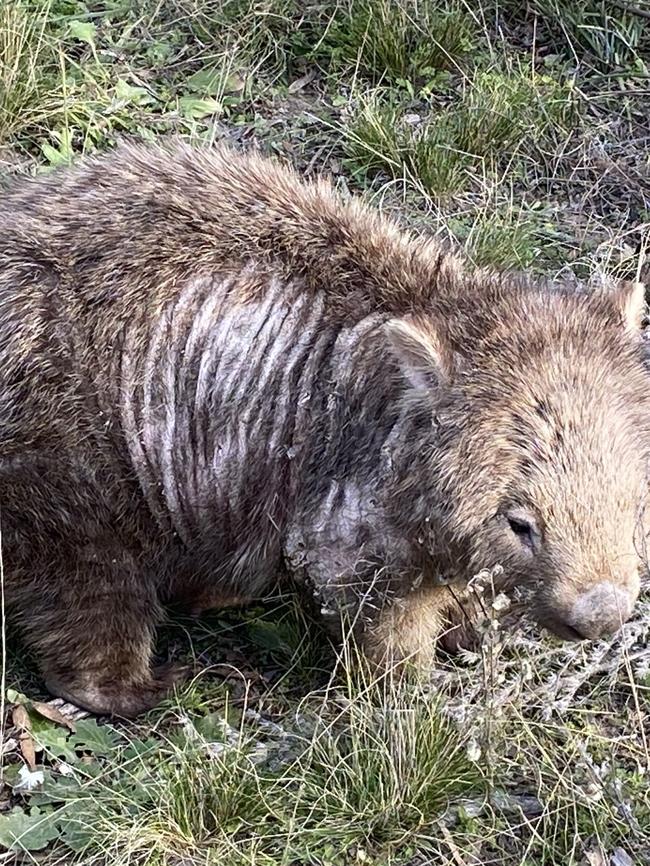
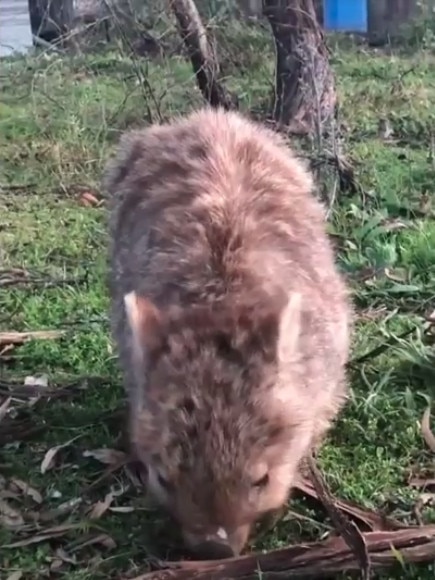
These animals are then left wandering around looking for somewhere to sleep, which is usually under someone’s porch or under their trailer.”
However animal rescue groups like Wombat Rescue can’t always offer the wombats on private properties the treatment they need.
“You have a farm with 10,000 acres and maybe 200 wombats on it and if the farmer says ‘I don’t want to give you access’, then that’s it. Those wombats will all die or keep spreading mange,” Ms Vermaak said.
“A key part of the work of wildlife groups like ours is programs with land owners where we give them cydectin, which is medicine for mange, and encourage them to take ownership of this project and go and purchase their own medicine going forward, because we don’t have the funds to pay for absolutely everything.
“But then some people just don’t continue treating them and the financial burden is on me to actually give them more medicine, because they can’t afford it and I don’t want the wombats to stop getting the care they need.”
Ms Vermaak believes “there’s no other animal suffering as much as the wombat.”
“The bare-nosed wombat faces incredible suffering, when the mange forms these thick blocks on their bodies, it’s like a cast, and it contracts, so it’s literally suffocating them,” she said.
“I’ve seen wombats with big open gashes and they scratch in that open gash because it’s itchy and they just keep going with those long nails.”
Since May, Wombat Rescue has managed to take in 35 wombats, with a recent one named Rosie from the Monaro region having successfully recovered from sever mange.
“She is now recovered and lives in peace on the banks on the Murrumbidgee River, on the property of the family who reported her case to us,” said Ms Vermaak.




